Situated in a magnificent 1930s former Ford and Lincoln dealership in the port town of Black Rock in Connecticut, Redline Automotive Restorations has, over the last 17 years, forged a reputation across North America and beyond for world-class, award-winning blue-chip classic car restorations. Founded by Colton Amster, the business has grown to encompass a burgeoning sales department and, thanks to its new, exquisitely renovated 120,000-square-feet premises, a plethora of services surrounding the restoration process, including the in-house fabrication of spare parts and the provision of high-quality maintenance, saddlery, paintwork and storage. During his American odyssey, Rémi Dargegen paid Redline a visit and spoke to Amster about what it takes to make a name for your business in what is now a fiercely contested industry.
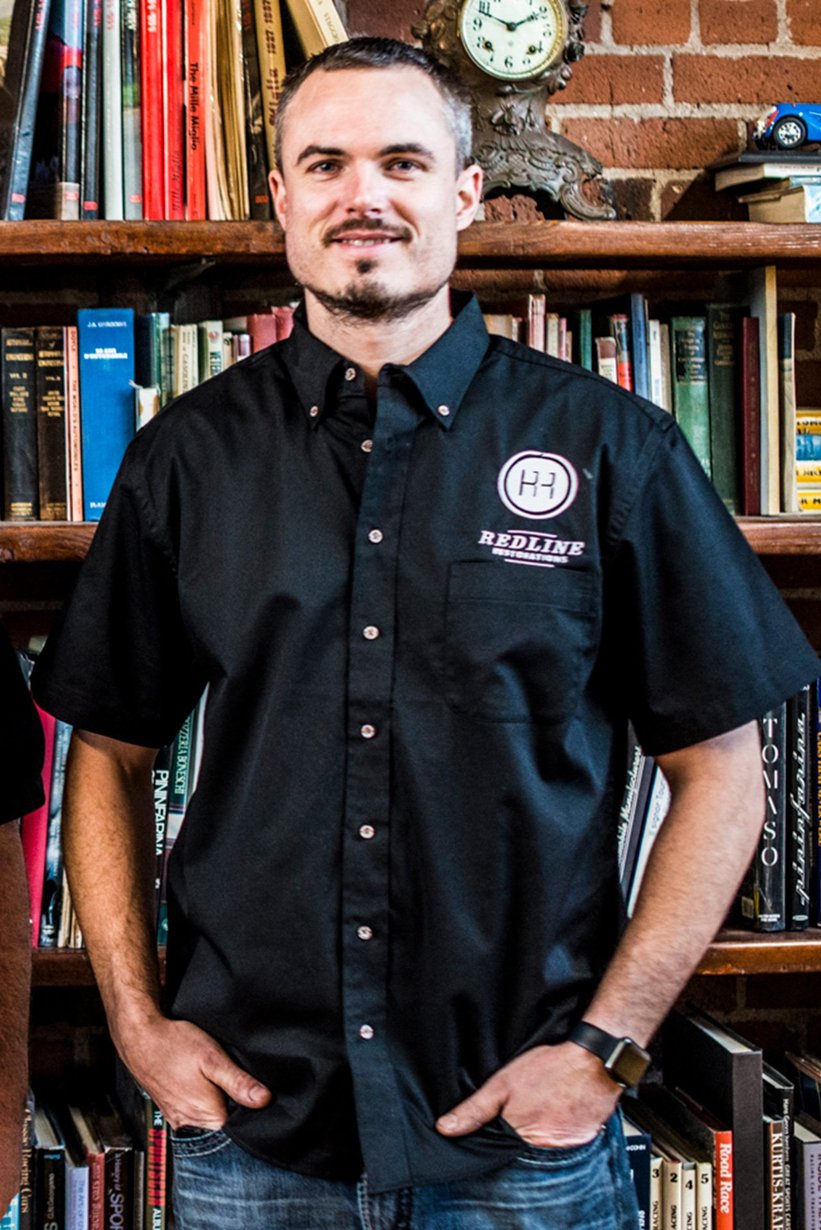
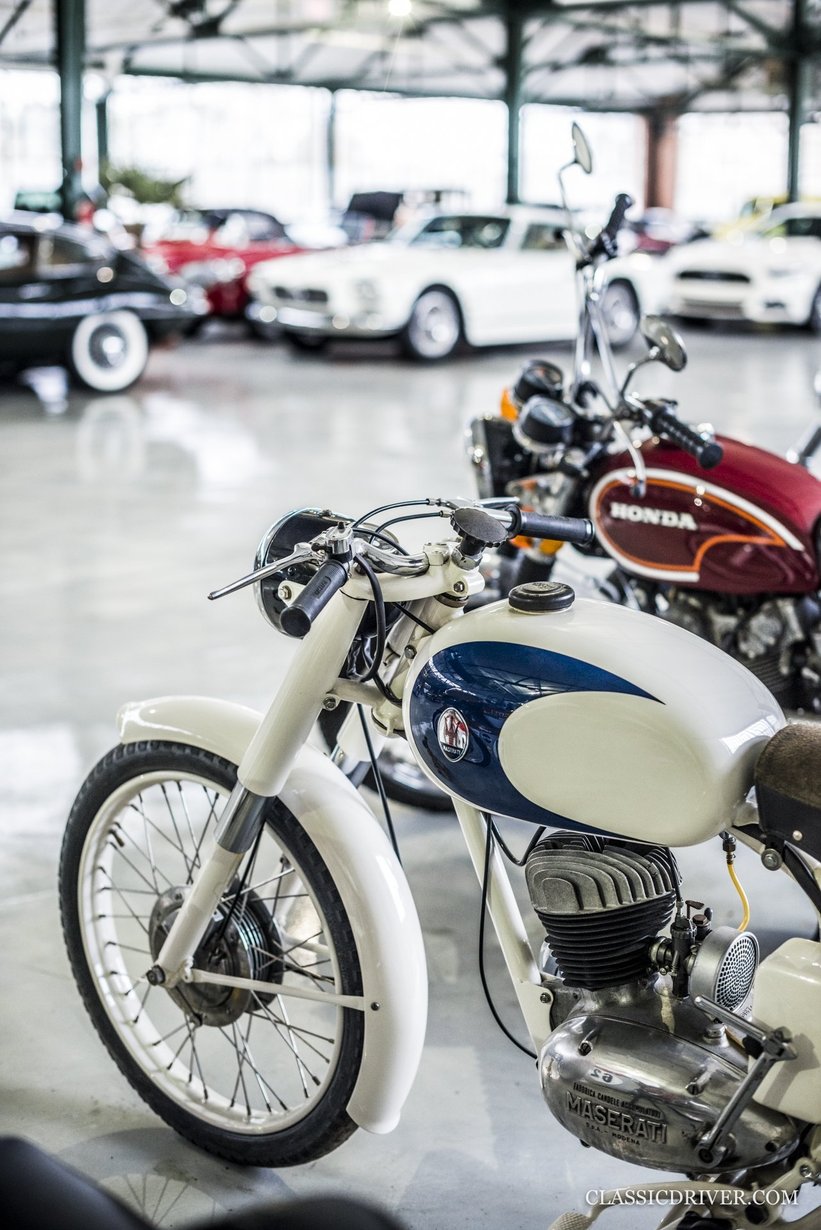
What are your earliest automotive memories?
My earliest memories are of attending car shows in the late 1980s and early 1990s, when the fields were dominated by pre-War vehicles, turn-of-the-century electric stagecoaches and horseless carriages. After the shows, I’d return home and play with a vintage steel pedal car passed down by two generations of car enthusiasts, a shoelace acting as a go-linkage support.
What prompted you to establish Redline and what’s the story behind the name?
At the ripe age of 15, I was able to officially step into the car world and join my father part time at his restoration shop. Years later, after working in an area best known as a summer holiday destination, we took the joint decision to relocate to Connecticut. Aside from the car culture, Connecticut was capable of supplying more year-round work.
During the transitional stage, my father and I worked for a well-known car collector. We won a few local shows and word quickly spread, so much so that my 60-hour work weeks increased to 100-plus hours. Before I had time to realise, I had vehicles lined up around the block, all waiting for work. It was then that I realised my little side job had taken on a life of its own. One night shortly thereafter, my father and I were having our regular dinner feet away from a vintage runaway train poster that he’d purchased many years before. Across the top it had the name ‘Red Line’ – it hit us like the train and made perfect sense! From that point on, our small 1,500-square-foot shop had a name.
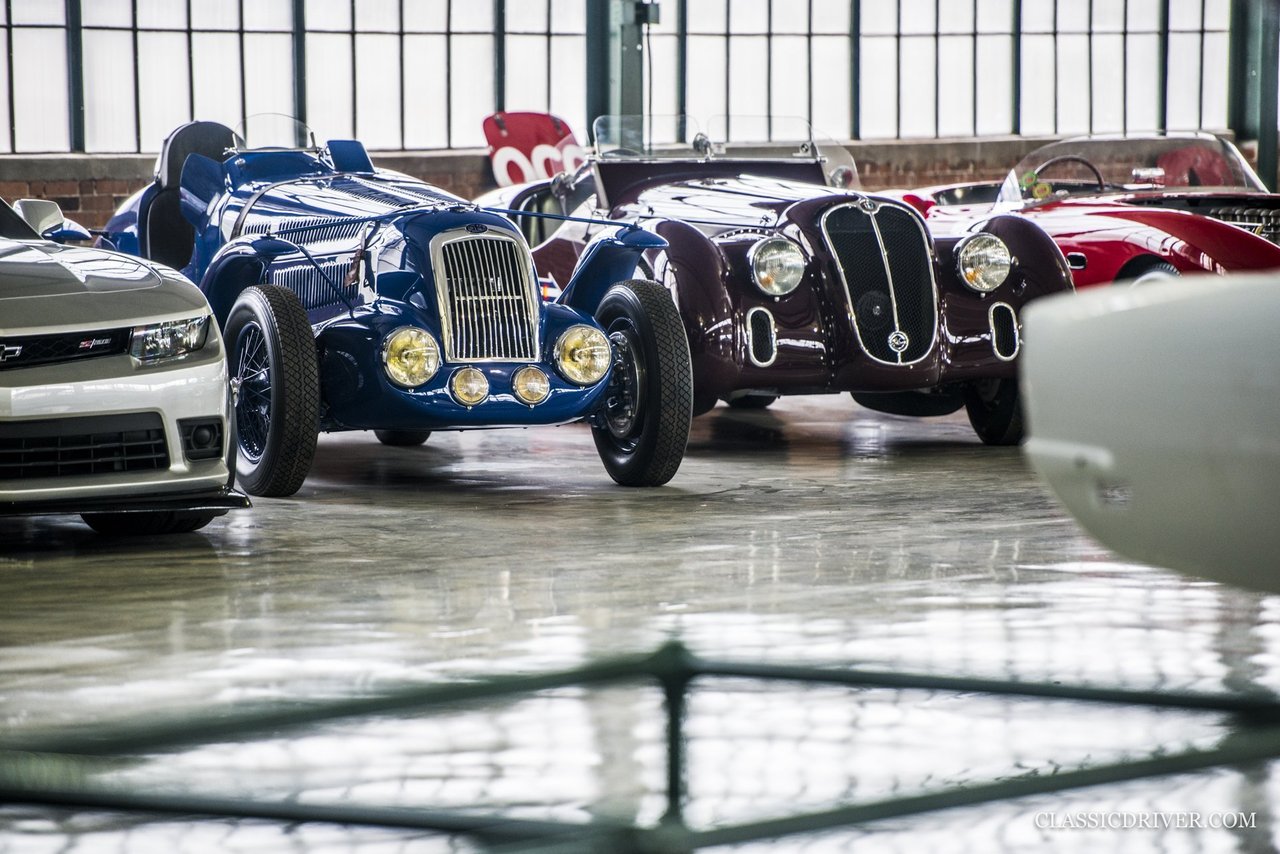
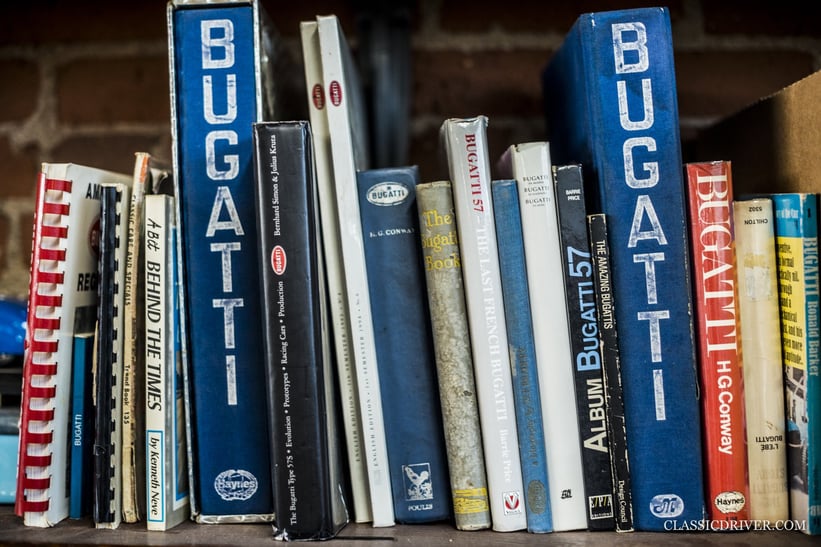
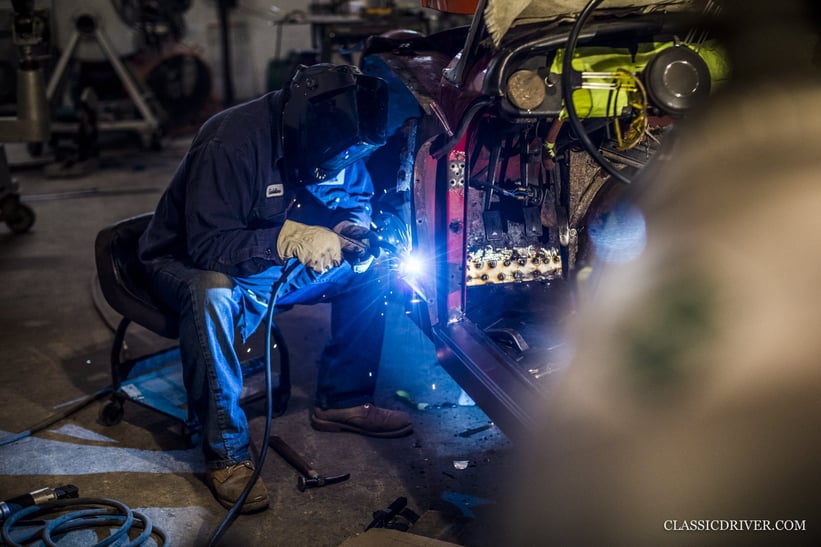
The breadth of cars with which you work is very impressive – what are your criteria?
Thank you! Generations of enthusiasts are becoming more involved in a field that was once just grandpa and his classic. In this day and age, the ‘criteria’ in all restoration workshops have broadened greatly, from the preservation of grandpa’s aforementioned pride and joy to execution of the most challenging modification, maintenance or value maximisation of your to-be-auctioned vehicle. We pride ourselves on our ability to adapt, hence our logo – call it changing gears gracefully.
You have a special affinity for pre-War Alfa Romeos, especially the 6C – why is this?
Pre-War Alfa Romeos are simply amazing, mechanically and aesthetically. Spending much of my time restoring Ferrari GTOs and SWBs, I find the actual mechanical enhancements Enzo Ferrari made to the 6C MM racing cars even more interesting. No two pre-War Alfa Romeos are the same. Dive deeper into the nuances of each car and it’s like reading a diary of Enzo’s personal race-revision notes. This makes their restorations even more challenging.
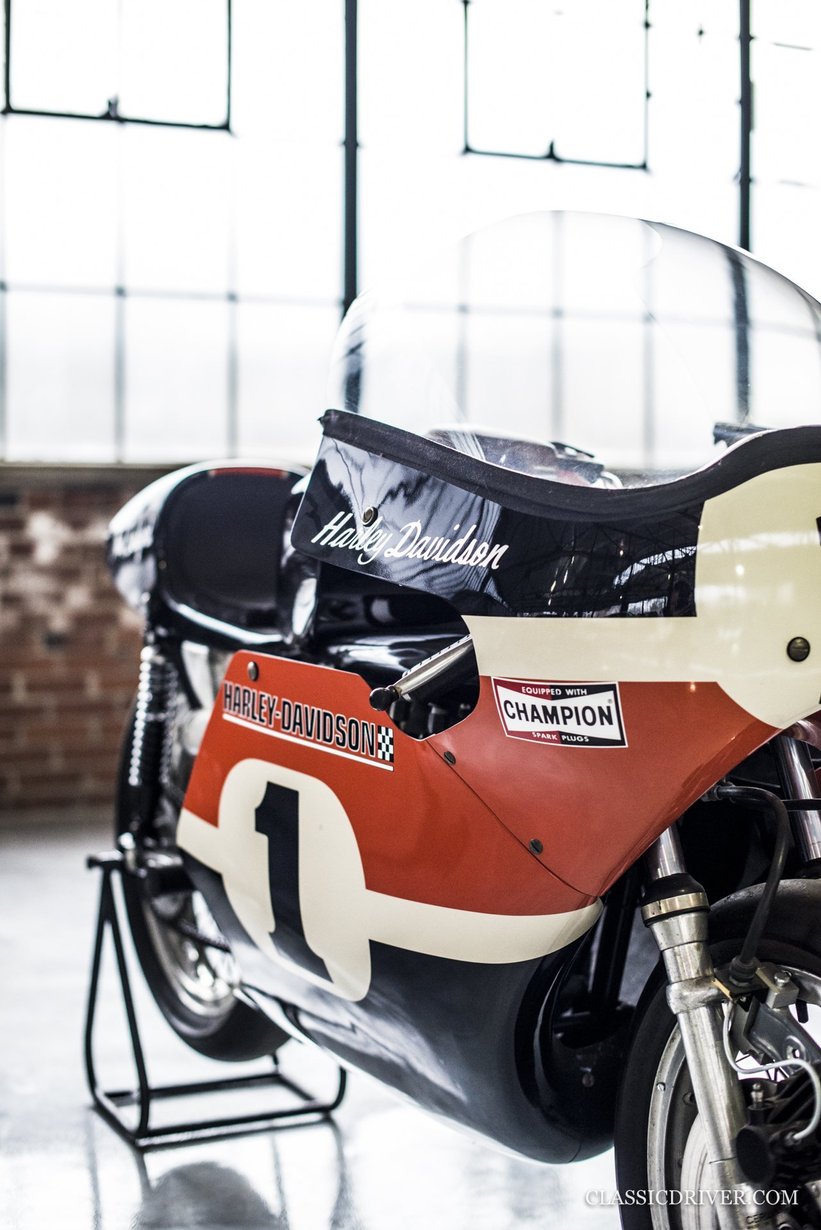
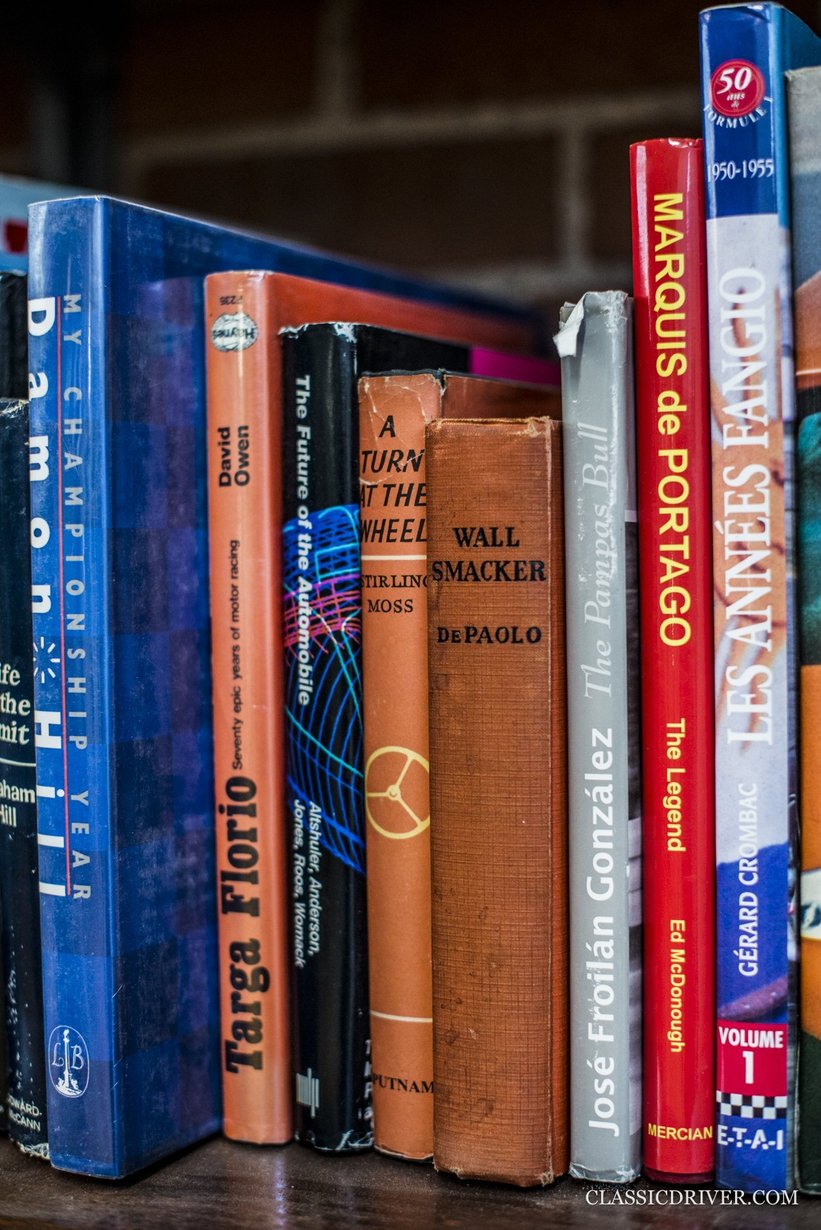
You also have a nice selection of French pre-War cars – which are your favourites?
Pre-War Delages seem to be my go-to, and I love everything from their style to their ultra-futuristic Cotal pre-selector gearboxes. They drive like trucks! The gritty pre-War Grand Prix experience is hard to duplicate.
Could you explain a little more about the restoration process?
Restorations are not always about brute force, as many people believe. All restorations begin with a final vision. We plan for scenarios as though the vehicle were completed and weighing the profitability and loss behind the process is almost the most important aspect. Unfortunately, many seems to overlook it and those heartfelt on-the-fly decisions, free of a dedicated path, will lead to head scratching and the frantic search for an exit plan.

Restoration itself is surprisingly straightforward, especially these days when most marques have dedicated classic centres and divisions. However, that’s not the case for every car, so we strongly advise everyone to document their projects properly. In the event something goes awry, be safe and not sorry. A plan, paperwork and procedures are essentials. Fast-forward to the completion stages, when it’s vital to plan for the final 10 percent. This aspect will take the longest and, if you’re not prepared, undoubtedly cost the most.

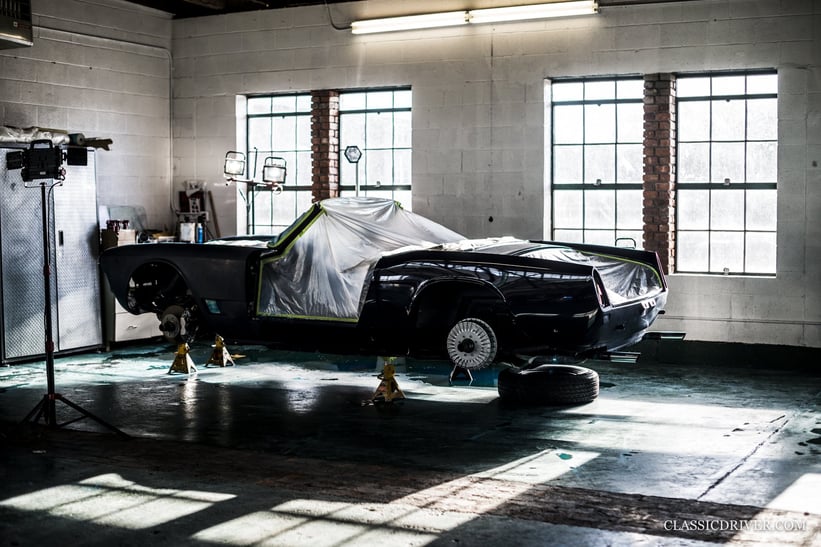
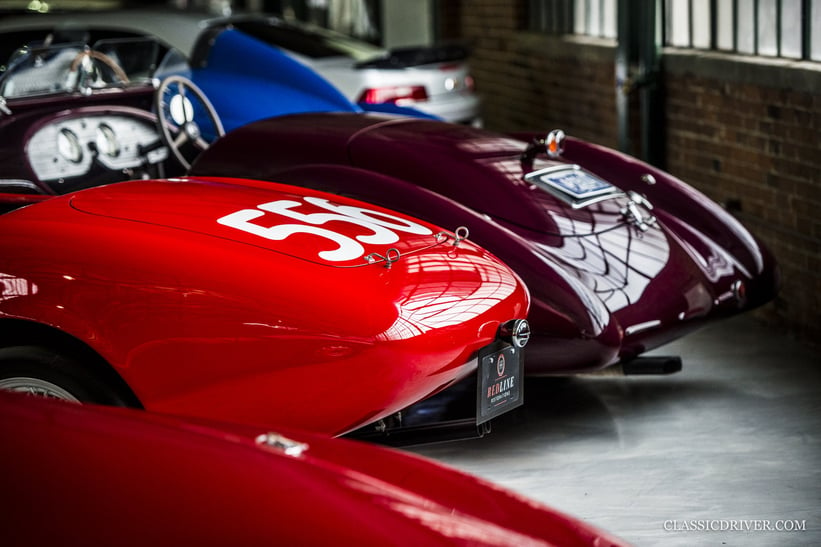
You have an amazing library of books – how important a reference point is this for you in your work?
It’s extremely important. However, that depends on the ultimate goals of a project. If you have a concours venue in mind for your vehicle once it’s completed, you need the correctness only found in a period book. But this is debateable – books and online research can be likened to forms of nutritional value, such as sugar. An online search will give you quick and potentially toxic results. Whereas books and publications dated close to the year of your project vehicle will yield the greatest nutritional value, despite taking more time to digest. For photos of assembly lines, verifying chassis numbers, de-coding engines and, in some cases, actually following factory how-to guides, books are essential.
How has your bread-and-butter business changed in recent years?
The last three years has taken us from primarily Ferraris, Maseratis and vintage Italians cars to a split of Porsches and European racers, with the addition of no-expense-spared bespoke classic 4x4s. However, pre-War and vintage Italian racing cars are still winning the majority battle.
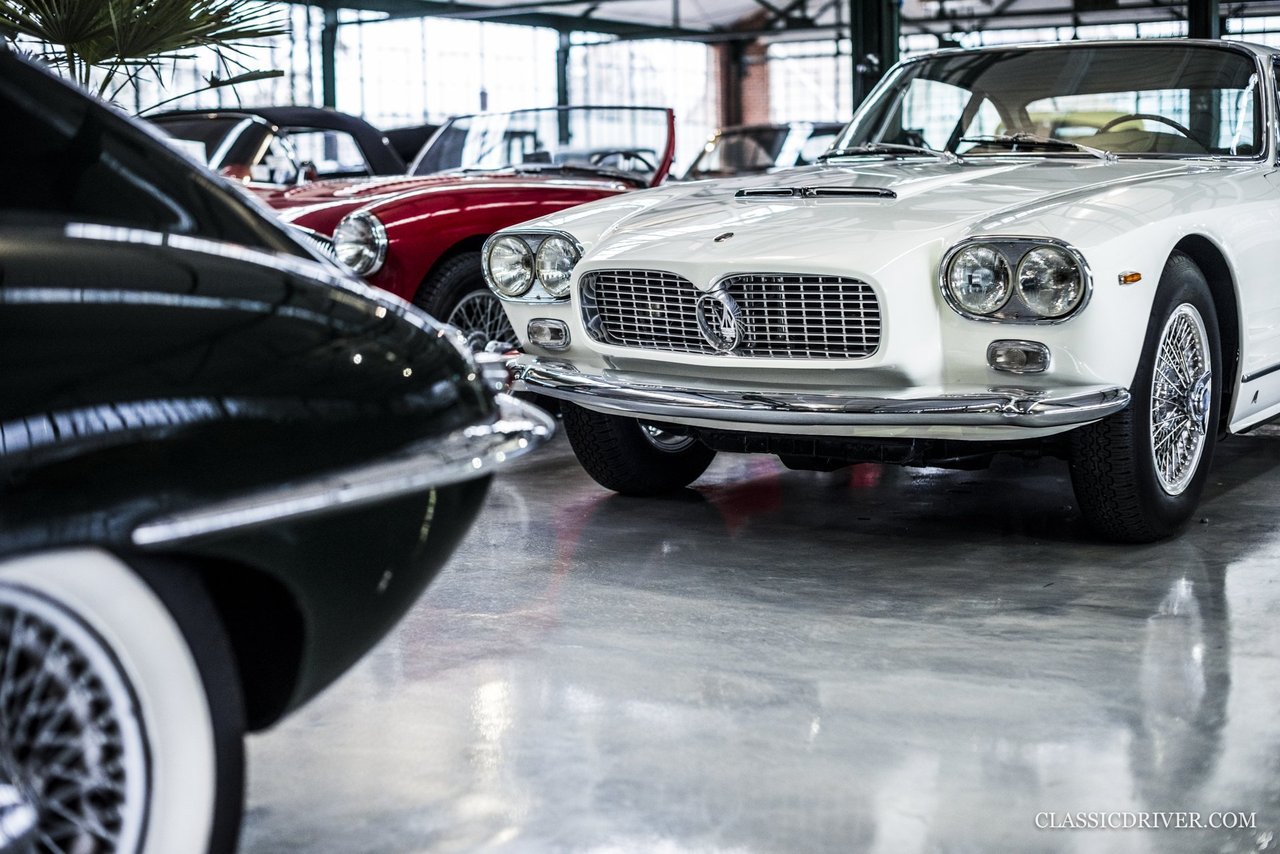
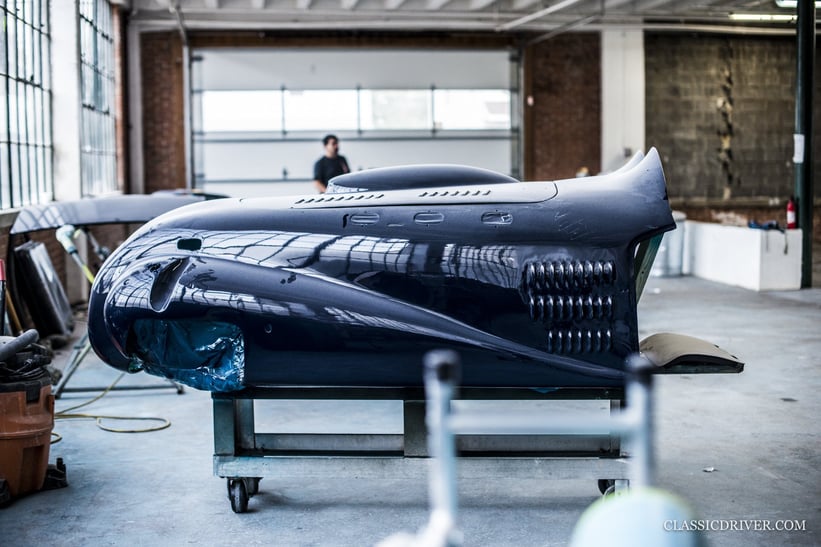
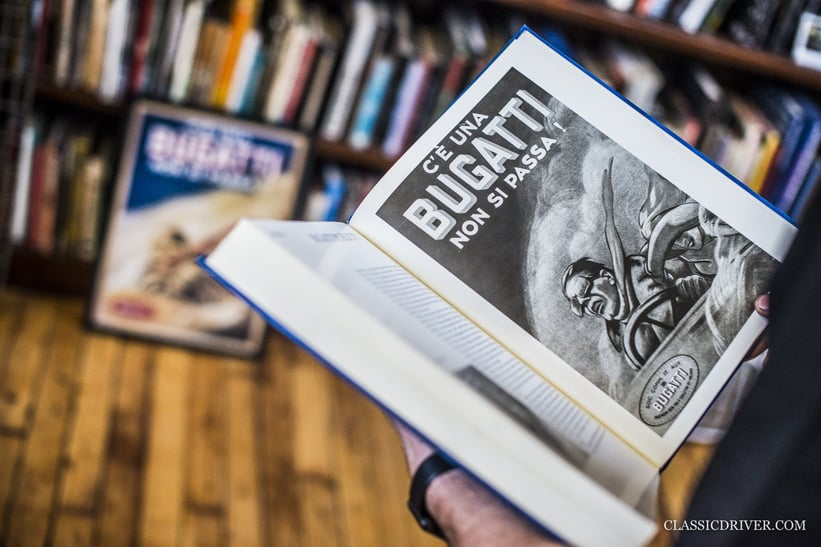
How would you approach a car such as the ex-Baillon Collection Delage?
With preservation in mind. If a complete restoration is the vehicle’s ultimate destination, I’d recommend approaching and attending a full concours circuit – that is reconstructing the car to a preservation standard and attending every event and rally you can, documenting every step of the way. A no-expense-spared restoration could follow, in time to make a splash during the following show seasons. This has never been done before in such fashion.
What’s your favourite anecdote about a car you’ve restored or sold?
Oh boy! We prepped and took two cars to the Mille Miglia a few years back: an early 1953 Ferrari 166MM and an ex-Works 1957 Porsche 55RS. They were both owned by clients with lead right feet, who happened to race through every section of the race nose-to-tail. On the stroke of the eleventh hour, both teams found a fuel station in the middle of nowhere. Brakes smouldering and exhaust manifolds glowing hot, they decided to stop at the same time.
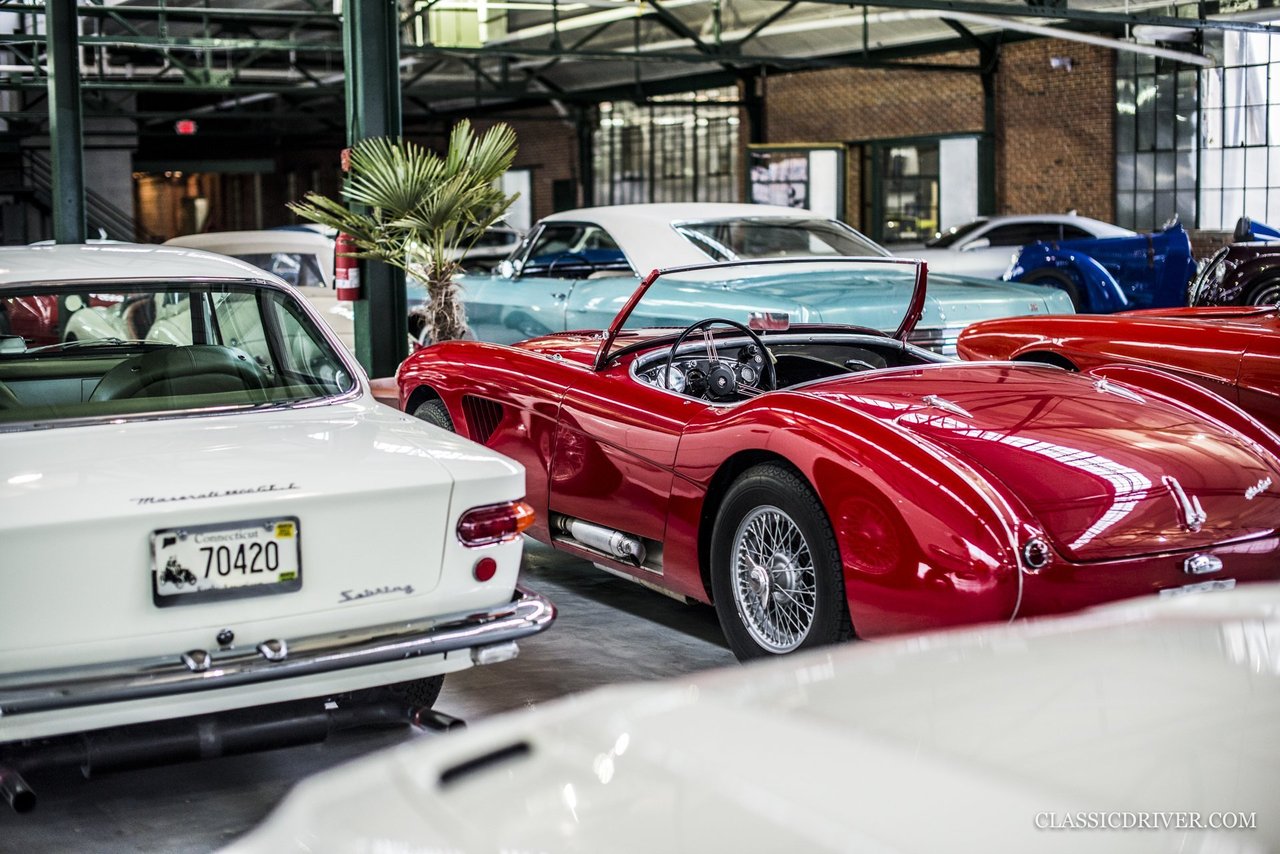
At the pumps there was an exchange of words – some might have called it sportsmanlike, others a call to arms. Before we knew it, they both performed Le Mans-style leaps into their cars, quickly started their engines and left the small countryside fuel station at 7,500rpm! At that moment, we realised the Porsche owner had been forgetful when it came to opening the dry-sump oil valve, but by this point he was already well into third gear and neck and neck with the Ferrari. All of a sudden, what looked like a shrapnel grenade exploded below the little 550RS with a mighty kaboom. Our hearts dropped. This was the only event where a car we’d prepped did not finish and it was entirely out of our control. Good times!

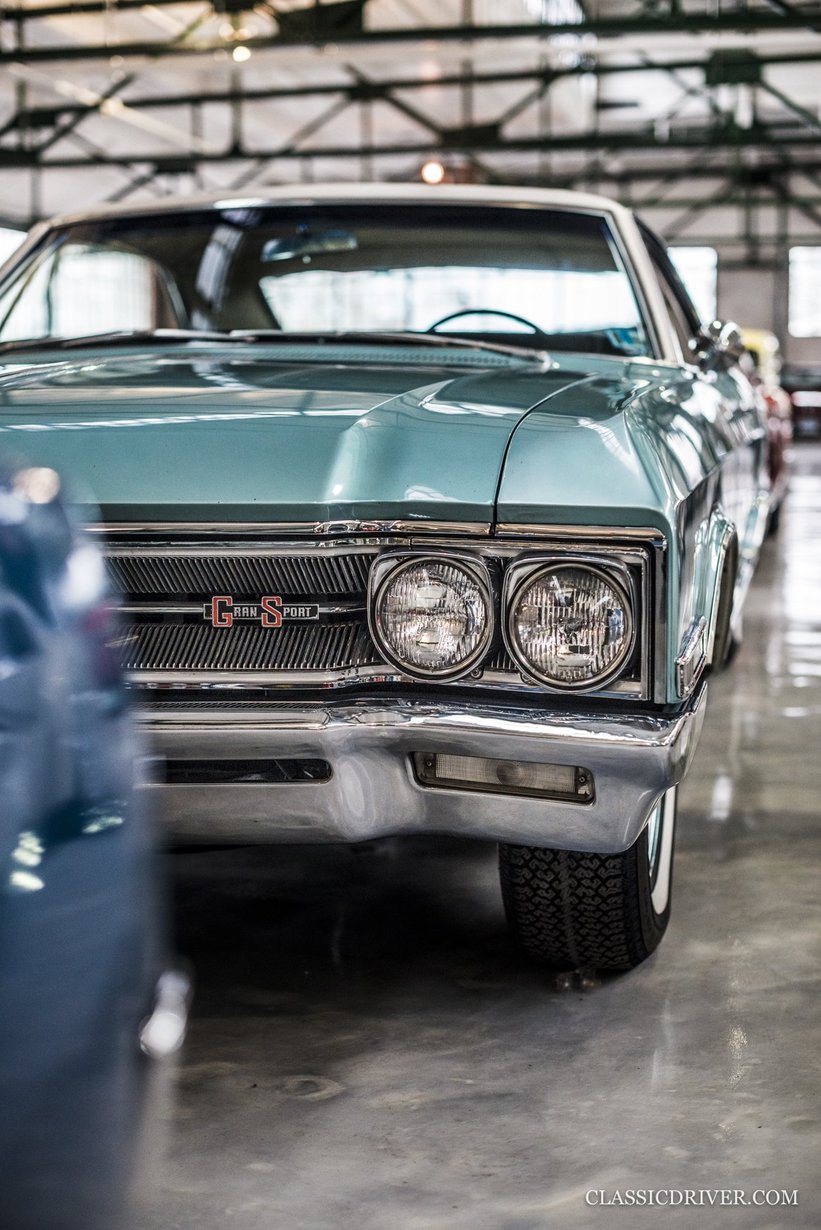
You recently expanded into a wonderful new building – what are your plans for the future of Redline?
We have indeed and it was a much-needed move. Thanks to our amazing staff and the work we’ve produced over the years, we’ve become a well-known name in the industry. We’re planning for more locations, a trade school and more. There are so many good things in store, all of which are for a stronger car community of tomorrow.
Regardless of budget, what is your dream car?
Easy: the almighty – and not-so-missing – 1935 Bugatti Aerolithe.
Photos: Rémi Dargegen for Classic Driver © 2020














































